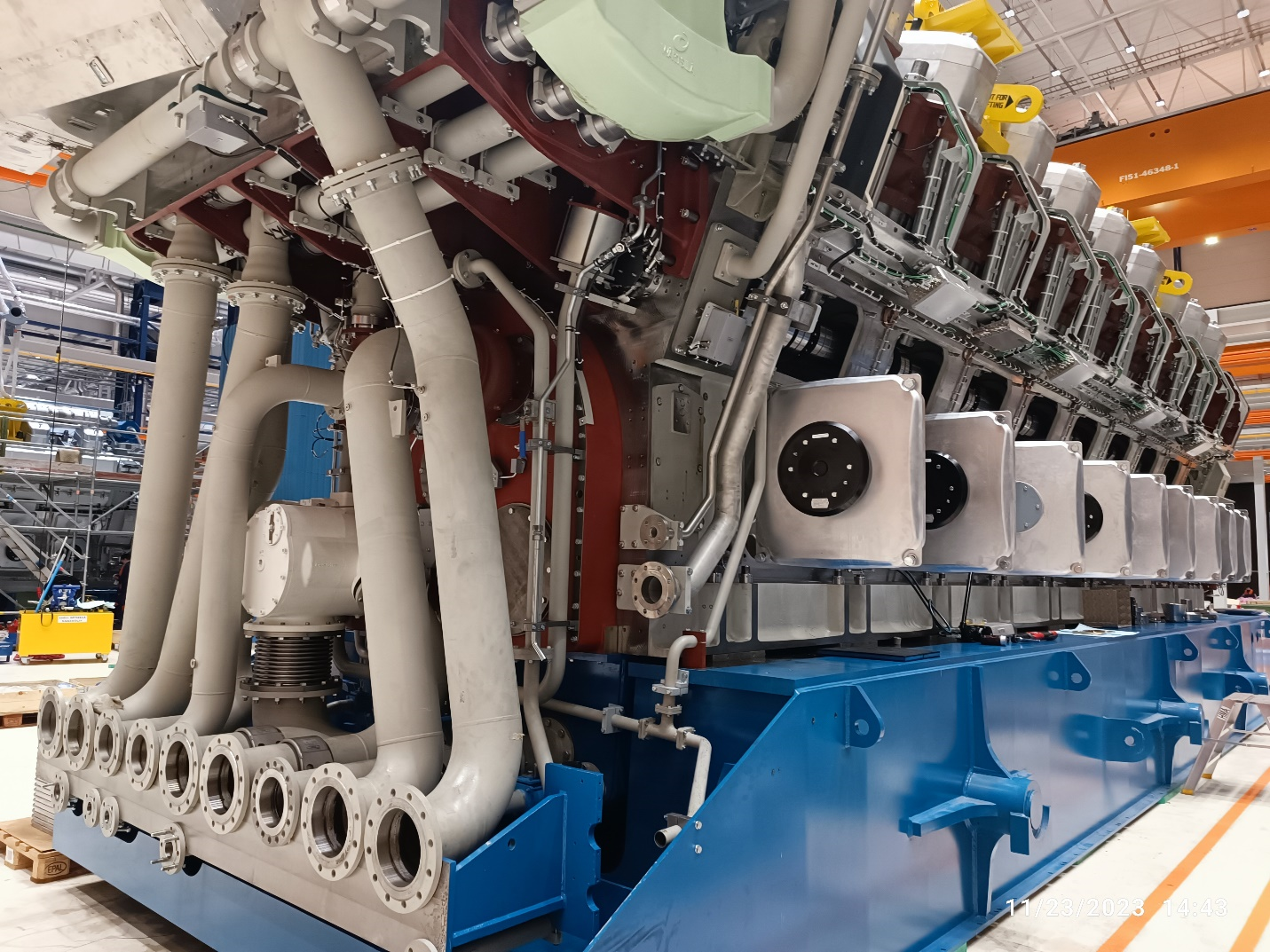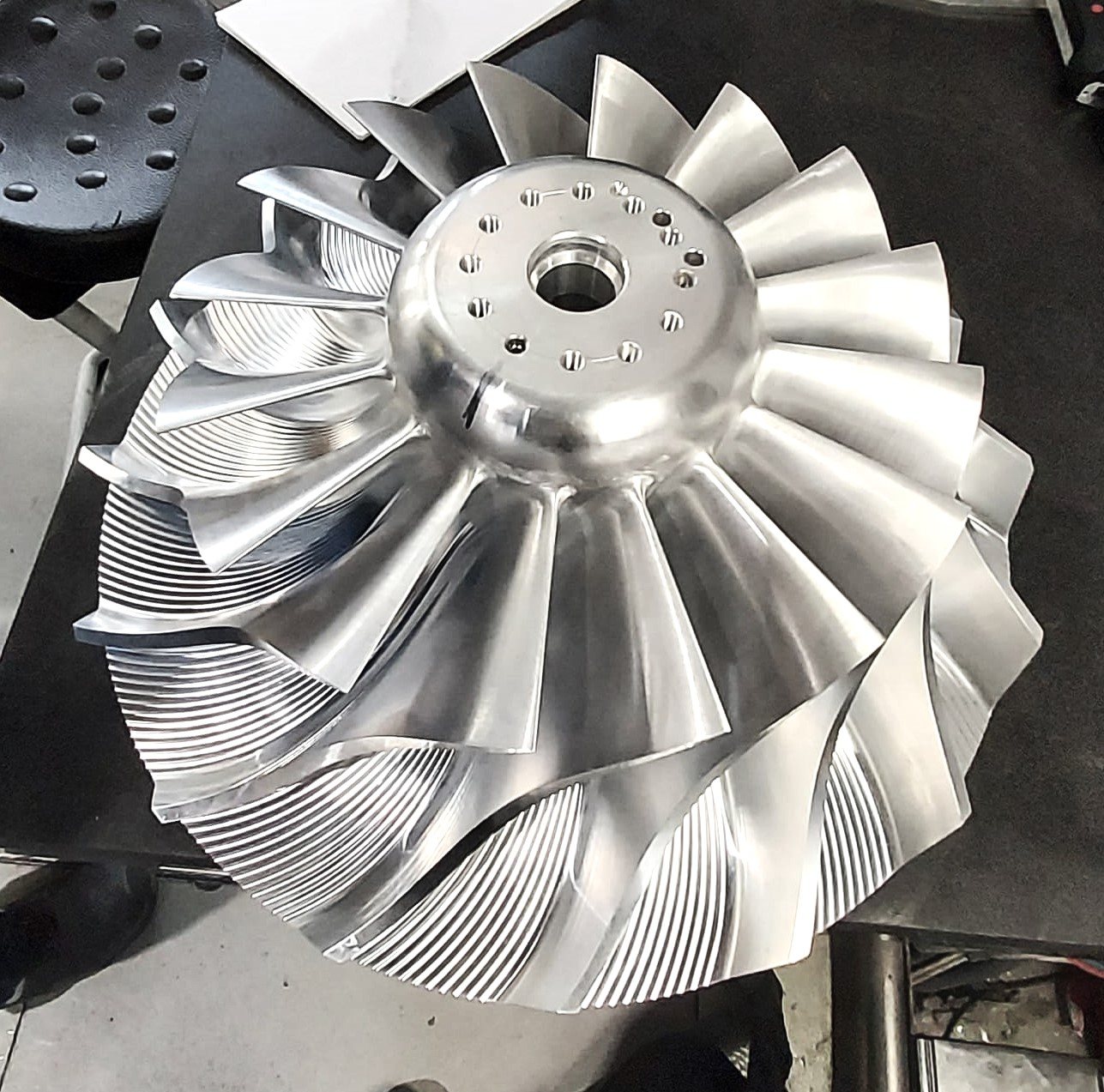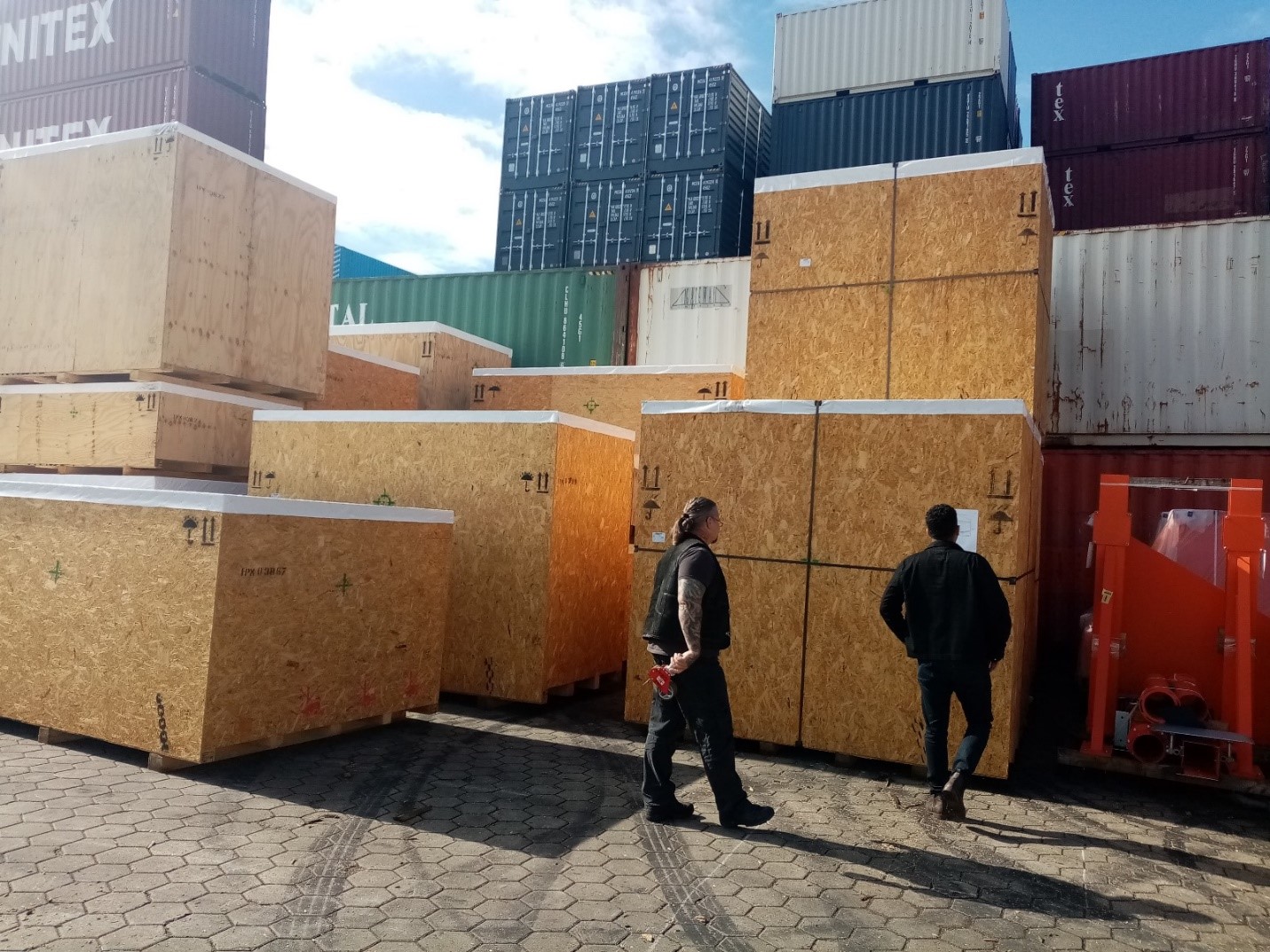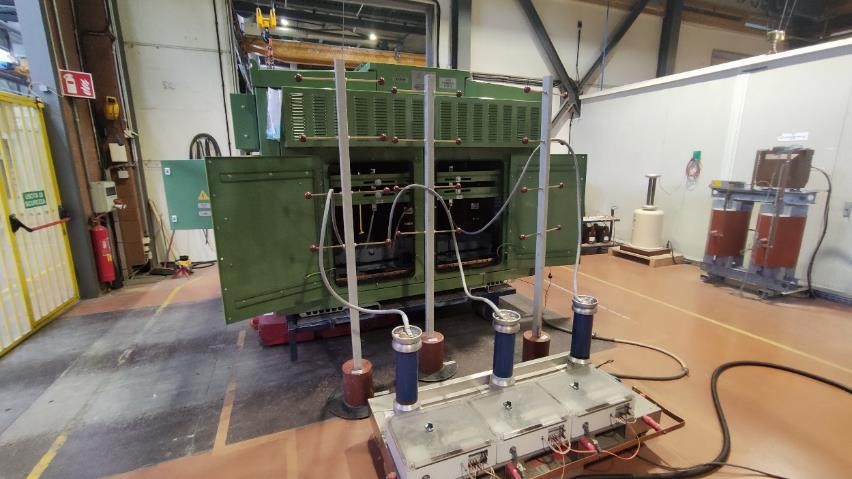1- Abstract
This article is mainly about the Pipe- during production inspection by a third-party inspection agency. Some tests, which are related to the mechanical properties have been discussed in part1.
You can read Part1 here
2- Introduction
The pipe inspection should be performed by an expert technical inspector to be ensured the requirements comply according to the standards and order application of the customer. It must be noted, so many tests are applicable for the pipe inspection, however, all of them are not mandatory based on the standard. Therefore, due to pipe material, kind of services and process, which the ordered pipe will be applied, and related standards, some tests are specified to be performed during production.
3- Control the Chemical composition in pipe inspection:
As an initial part of the “pipe-during production inspection”, the chemical composition of the used material should be reported by the manufacturer. The inspector compares the material test certificates including the information about the content of each element in the specified alloy based on the related grade specification and acceptance criteria.
Moreover, the positive material identification method “PMI” can be performed under the presence of a third-party inspection representative.
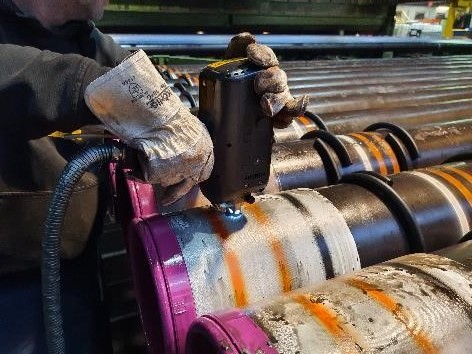
4- Charpy V- notch test:
This test is one of the common tests, which is applied in pipe inspection. The purpose of the Charpy Impact Test is to determine the amount of energy absorbed by a notched impact specimen during the fracture. The result of the test indicates useful information about the material behavior especially for ductility and brittleness affected by decreasing the temperature.
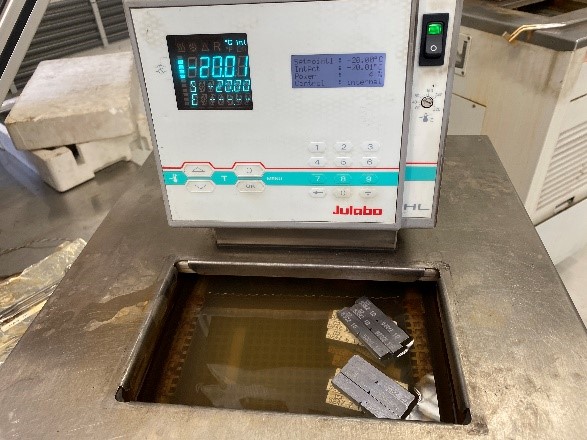
First of all, a specimen should be prepared from sampled material and in accordance with the reference standard including the dimensions. Then the test is performed with a swinging weight or a tup attached to a swinging pendulum. The specimen breaks at its notched cross-section upon impact, and the upward rotating movement of the pendulum specifies the (notch toughness) in the process.

The result of the Charpy notch test will be controlled by the third-party inspector and it will be compared with the relevant acceptance criteria and compliance or any non-conformity is reported to the client.
5- When a SULFIDE STRESS CRACKING (SSC)TEST shall be done?
The SSC should be considered as an important test in the pipe inspection for the wet sour service. There are sour service conditions in the oil and gas and petrochemical industries including pipelines, piping, and facilities, which are in contact with the water and H2S, and therefore, the high risk of hydrogen stress cracking, in form of SULFIDE STRESS CRACKING should be managed and controlled.
There are different test procedures by various H2S and chloride content solutions according to the standards, which simulates the sour environment and effect of mechanical strength and corrosion attack.
The test is carried out at room temperature, the SSC failure mechanism is believed to be a form of hydrogen embrittlement. The specimen is tested under load to an acidified and buffered brine solution that is saturated with 100% H2S gas. The test duration will be a long time (30 days) to reach the corrosion on the specimen and the result of testing will be evaluated based on a failure/no-failure or cracks on the surface.
The assessment of resistance of the martial, which will be applied to produce the pipes could be done based on the result of the SSC test. The result shows the corrosion of the material affected by the wet H2S.
In the next article, the third part of the “pipe- during production inspection” the activities that should be carried out as finishing and final inspection will be described.

